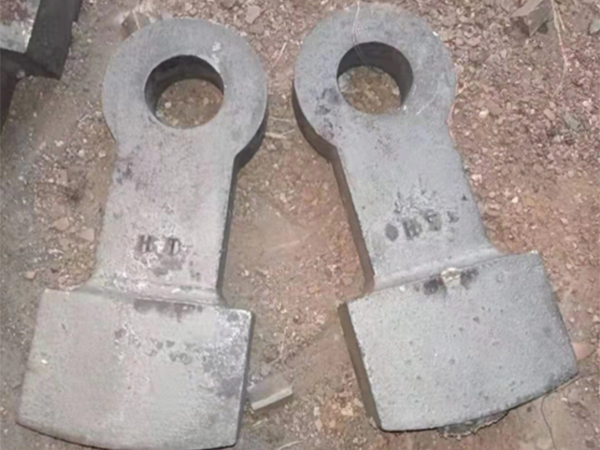The Significance of Sand Foundries in Modern Manufacturing
Sand foundries have been an essential part of manufacturing for centuries, playing a crucial role in the production of metal castings. This method of metal casting relies on sand molds to create complex shapes and intricate designs, making it a favored technique in various industries, including automotive, aerospace, and machinery manufacturing.
The Sand Casting Process
The sand casting process begins with the preparation of the mold. Sand is mixed with a binder, which helps the sand grains stick together, forming a strong mold that can withstand the heat of molten metal. The most common type of binder used is clay, which helps to achieve the desired consistency and strength. Once the sand mixture is ready, it is packed around a pattern that represents the final object to be cast. The pattern is often made of metal, wood, or plastic and is designed to be slightly larger than the desired final product to account for shrinkage that occurs as the metal cools.
After the mold is formed, it is carefully separated to remove the pattern, leaving a negative impression in the sand. This impression is where the molten metal will be poured. The two halves of the mold are then reassembled, and any necessary channels for pouring the metal and venting gases are added. Once everything is set, the molten metal is poured into the mold through the designated channels, filling the cavity and taking the shape of the pattern.
Advantages of Sand Casting
One of the primary advantages of sand foundries is their ability to produce complex shapes that would be challenging or impossible to achieve with other manufacturing methods. The flexibility of sand molds allows for the creation of intricate designs with high precision. Additionally, the cost-effectiveness of sand casting makes it an attractive option for both small and large production runs, as it requires less initial investment in machinery compared to other forms of casting.
sand foundry

Another significant advantage is the versatility of materials that can be used in sand casting. While ferrous metals such as iron and steel are commonly cast using this method, non-ferrous metals like aluminum, bronze, and brass can also be utilized. This widens the application of sand foundries across various sectors, from artistic sculptures to functional components in advanced machinery.
Environmental Considerations
As industries increasingly focus on sustainability, sand foundries have made strides to adapt to more environmentally friendly practices. Traditional sand casting operations generated a considerable amount of waste, particularly from used sand. However, modern foundries have implemented various recycling processes, allowing them to reuse sand multiple times, significantly reducing their environmental footprint. Furthermore, advancements in binder technologies have led to the development of greener alternatives, minimizing the negative impact on the environment.
The Future of Sand Foundries
Looking ahead, sand foundries continue to evolve with technological advancements. Innovations in 3D printing are revolutionizing the way molds and patterns are created. This technology allows for rapid prototyping and the production of more complex geometries that were once thought to be unachievable with conventional methods. The integration of automation and artificial intelligence into foundry operations is also poised to enhance efficiency and reduce errors, ensuring higher quality products are produced consistently.
In conclusion, sand foundries play an integral role in modern manufacturing, providing a versatile, cost-effective, and flexible method for producing metal castings. As the industry advances, sand casting is likely to maintain its significance, adapting to new technologies and sustainability efforts. The enduring relevance of sand foundries is a testament to their pivotal role in shaping the materials and components that power our world today.
Post time:Okt . 07, 2024 09:48
Next:large sand casting
